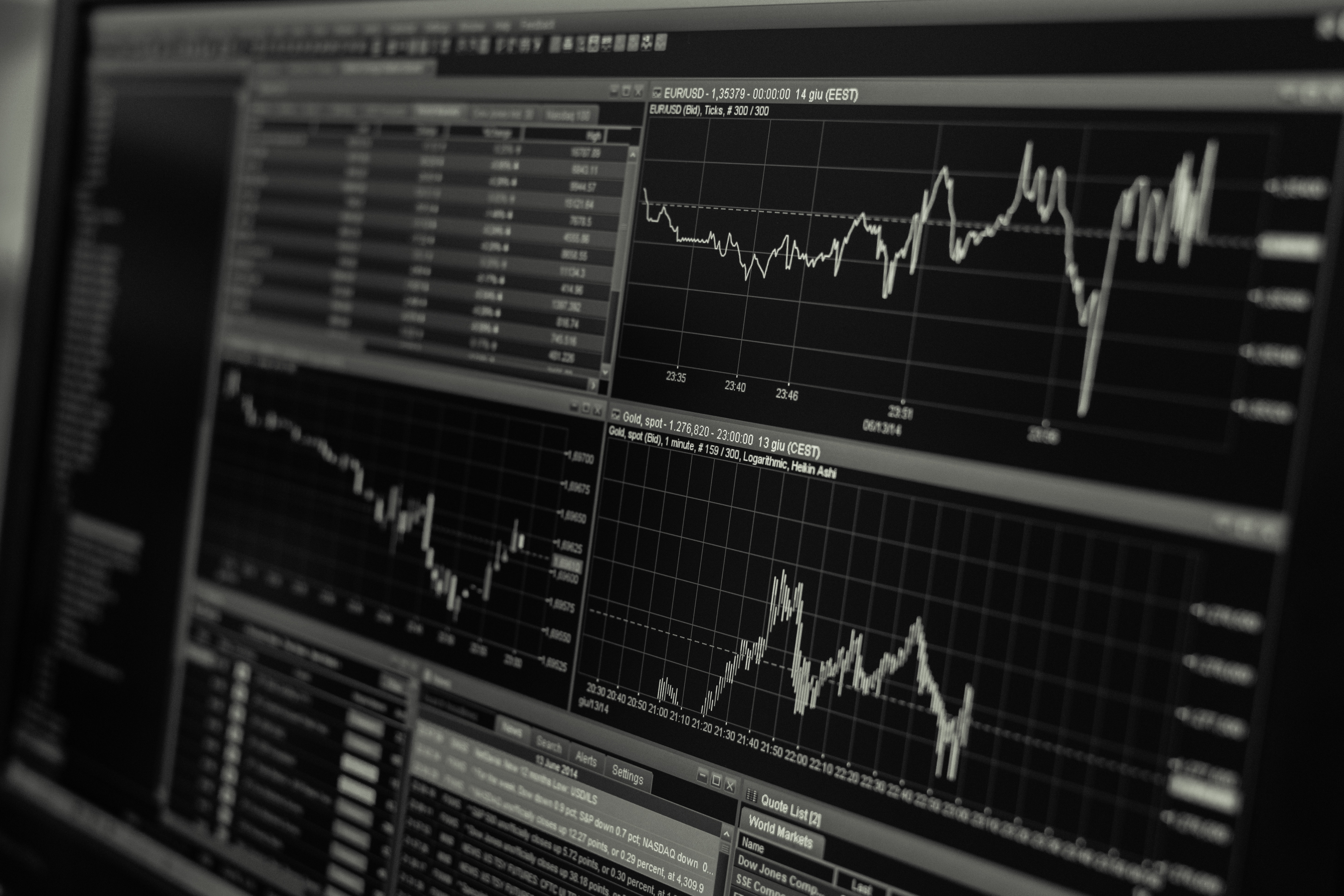UPDATE 3-U.S. stock rally faces major test as China virus spreads

The latest rally in U.S. stocks is facing a serious test, as the S&P 500 heads toward its worst loss in months on concerns over how the coronavirus will impact the global economy. So far, the selling has been measured, with most investors confident the U.S. economy remains in good shape and the Federal Reserve stands ready to provide stimulus if the situation deteriorates.
Still, worries have grown that months of placid trading may have left stocks primed for an upsurge in volatility. "Markets hate uncertainty, and the coronavirus is the ultimate uncertainty," said Alec Young, managing director of global markets research, FTSE Russell, New York. "With the markets overbought to begin with, this is now a sell first, ask questions later situation."
On Monday, the benchmark S&P 500 stock index broke a streak of 71 days without a 1% move, the third such longest stretch since 1995. The index registered its biggest one-day percentage drop since October on news that the death toll from the virus grew in China while more cases were reported abroad. Past runs of quiet trading in U.S. stocks have tended to culminate in periods of turbulence: for instance, an unusually calm period from September 2017 to January 2018 preceded a sharp sell-off in February 2018, fueled by an implosion of bets volatility would stay low.
For an interactive graphic on S&P 500 moves, click here: http://fingfx.thomsonreuters.com/gfx/rngs/GLOBAL-MARKETS-DASHBOARD/010050DG0V9/index.html The Cboe Volatility Index touched a three-month high on Monday and ended the session 3.67 points higher at 18.23, after having traded near its lowest levels over the past year earlier this month.
"Positioning in the equity markets ... had gotten a little bit out of hand. That creates a lot of kindling for a fire in risk asset prices," said Guy LeBas, chief fixed income strategist at Janney Montgomery Scott. There have been few tests of the bull market's most recent leg higher, which before Monday's losses has seen the S&P hit numerous fresh highs after the preliminary U.S.-China trade deal was announced in mid-December.
Growing confidence in the rally's durability had pushed investors to increase their exposure to equities: Allocations to global stocks stood at their highest level in 17 months, while cash levels shrank to a seven-year low, a Bank of America Merrill Lynch survey of fund managers showed last week. Until last week, options also reflected muted concerns about a sharp pullback.
Persistent low volatility would usually prompt greater demand for puts, which offer downside protection, in comparison to calls, used to participate in further upside, said Stacey Gilbert, portfolio manager for derivatives at Glenmede Investment Management in Philadelphia. But skew, a measure of interest in puts versus calls, for the S&P 500 rose only modestly in relation to the plunge in volatility. Investors may take comfort from the market's reaction to the 2003 SARS (Severe Acute Respiratory Syndrome) outbreak, when the S&P rallied more than 10% from the start of the outbreak to the announcement of its containment.
A few investors have gone against the grain in recent weeks, buying insurance against a jump in volatility while prices for most such bets have been relatively discounted. At least one investor bought 225,000 calls earlier this month that would require the VIX to hit 22 by late February in order to be redeemed. The index traded as high as 19.02 on Monday. "People are nervous because the market has been going up for such a long time and done so well recently," said David Kelly, chief global strategist at JPMorgan Funds. "I think this coronavirus may be more of an excuse than a rational estimate of its effects."
(This story has not been edited by Devdiscourse staff and is auto-generated from a syndicated feed.)
- READ MORE ON:
- S&P
- Federal Reserve
- China
- New York
- Bank of America Merrill Lynch
- Philadelphia
ALSO READ
US raises commercial and market access issues with China in meeting
US, Philippines, Japan to tackle South China Sea incidents in trilateral summit, says Manila official
US Treasury Secretary Yellen meets foreign business leaders in China ahead of trade talks
US, Philippines, Japan to tackle South China Sea incidents in trilateral summit, says Manila official
US, Philippines, Japan to tackle South China Sea row in summit










